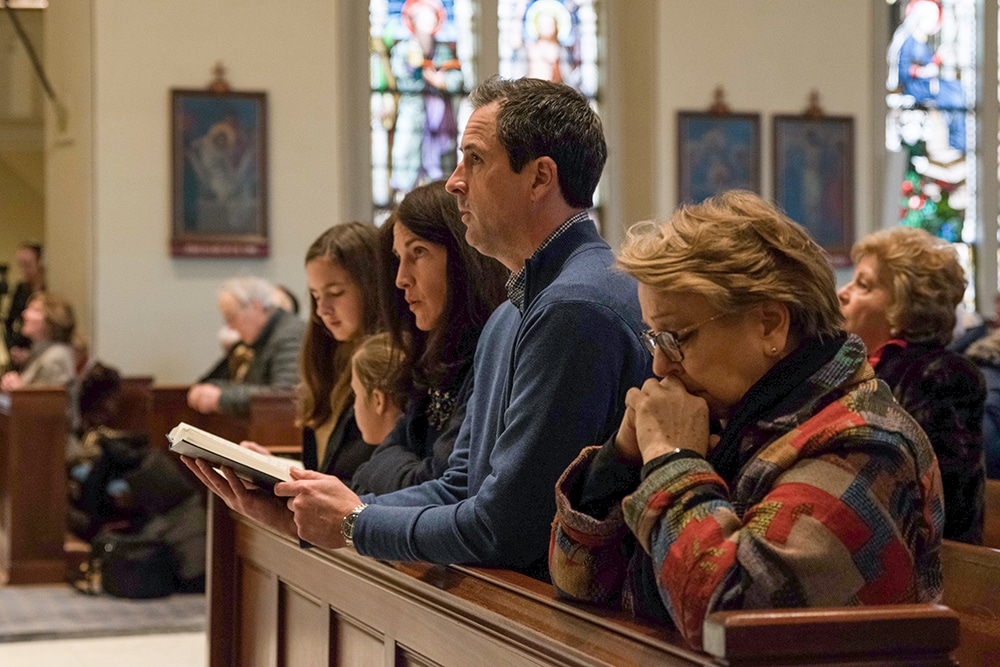Question: In recent coverage of the fire at Notre Dame in Paris, I was concerned to see so many gargoyles. Why are such demonic figures displayed so widely on God’s churches? I wonder what we are teaching our children and the world by our preoccupation with them?
– Name withheld
Answer: It would be wrong to interpret the gargoyles as demonic. It is true that some of them have dragonlike appearances, but many others are more humanlike, or even hybrid figures combining animal and human qualities. They are whimsical and off-beat figures, meant to be understood in a lighthearted manner.
The first purpose of most gargoyles on the medieval cathedrals was to channel water off of the roof. Gargoyle comes from the French word for “throat.” This is why many of them stick out, so that the rainwater may spew from their mouths, away from the roof and foundation.
The medieval imagination presupposed that many of God’s creatures and works were hidden and unknown by us. When we consider some of the fish in the deepest parts of the ocean — and yearly we discover new ones — they, too, are rather grotesque and even scary looking. Other creatures of God provoke a kind of charmed laughter. For example, if you don’t think God has a sense of humor, look at a penguin and watch it walk. To some degree we are expected to have both awe and joy at what God creates. The gargoyles of medieval cathedrals salute both traditions. Some of them are fearsome and provoke awe. But many of them are playful and meant to arouse joy or laughter.
The medieval imagination was imbued with an awareness of a hidden and enchanted world all around us. We modern folks have been sadly dismissive of such notions and rather presumptuously conclude that we have seen and discovered just about everything there is. Not so says Scripture: “Beyond these [visible things], many things lie hidden; only a few of his works have I seen” (Sirach 43:32).
Deadly sins
Question: Given all we know today about compulsion and addiction, is it still right to call gluttony a sin? How about lust, too? We don’t call alcoholism a sin; it is an affliction. Why call these other similar things a sin?
— Nancy Turner, New Haven, Connecticut
Answer: Gluttony (the inordinate desire for food or drink) is not so much a sin in itself, but is a deep drive of sin which predisposes many to excessive consumption of food and drink, or to an excessive fussiness about it. Speaking of the “sin of gluttony” is a kind of shorthand for speaking of the sinful drive of gluttony. The seven deadly sins refer more to the seven most common drives of sin within us. The word “lust” describes a broad category of sin, and as a drive within us it pressures a person to any number of more specific sins such as fornication, adultery, homosexual acts, pornography, masturbation and so forth.
Understanding the seven deadly sins as “drives” is similar to our modern language of compulsion and addiction. Hence, those afflicted with particular kinds of compulsions to food, drink or sexual matters are summoned to be aware of their tendencies and battle them. This is done in some cases by moderation and in others by complete abstinence. The sin is not in the inclination or temptation; instead, it is refusing to engage in the battle. And while certain inclinations may reduce the culpability (blameworthiness) of a person, it does not change what ought to be done. Sinful drives, even if not sinful themselves, must be resisted.







